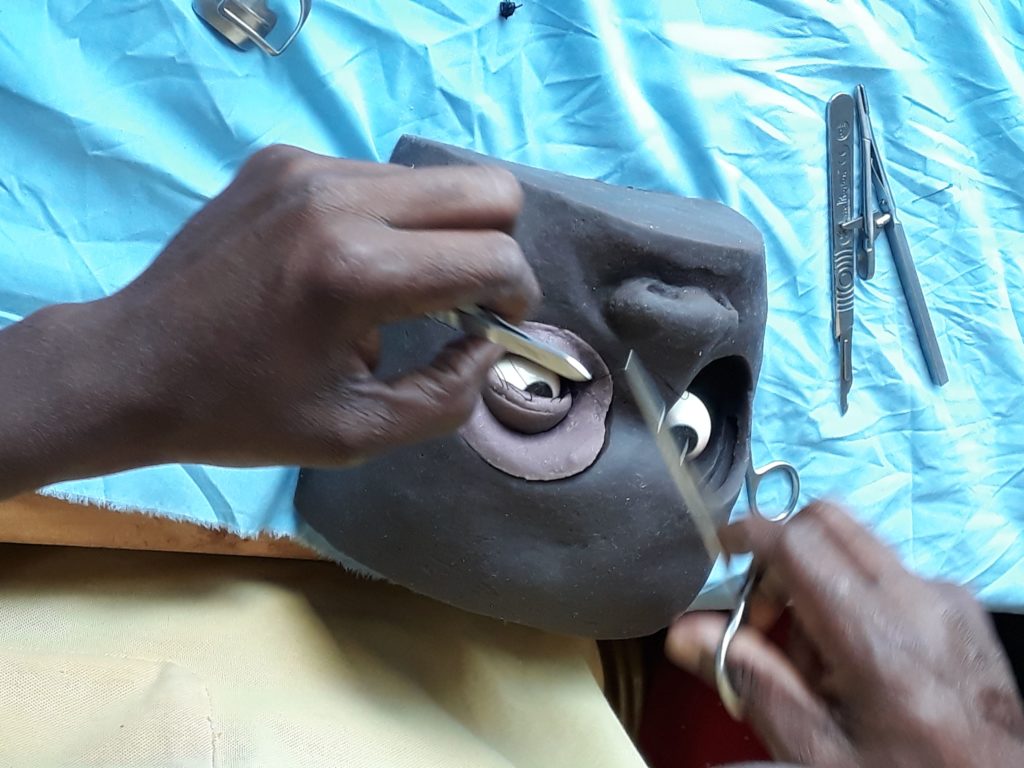Funders
UK Department for International Development (DFID), matching aid donations by Sightsavers supporters
Location
Kenya, Malawi, Mozambique, Uganda, Zambia
Dates
2015-2019

Cataract and trachoma are the two leading causes of blindness in the world, with a combined 20 million people blind as a result. Surgery can treat the late blinding stage of trachoma and rectify cataracts. The Coordinated Approach to Eye Health (CATCH) programme, implemented by Sightsavers, aimed to reduce avoidable blindness and enhance access to eye health for people living in trachoma-endemic areas in five countries, and focused on strengthening human resources for eye care and health facilities and advocating for policy-level change.
Tropical Health was commissioned by Sightsavers to review CATCH’s achievements over the four-year project and all five countries, generate lessons learned that can inform future programmes, as well as identify cross-cutting or organizational-level lessons and recommendations.
Tropical Health analysed primary data as well as data gathered from semi-structured interviews with staff and partners at global, national, district and community levels. During field visits in Kenya, Uganda and Malawi, interviews, focus group discussions, and on-site observations of activities were conducted, followed by debrief sessions with programme management teams.
Tropical Health measured the performance of the programme in terms of the following criteria: relevance, effectiveness, efficiency, impact, sustainability, and coherence/coordination, producing a comprehensive report that included a set of lessons learned and recommendations for future programming.
Tropical Health found that the CATCH programme was successful in strengthening eye health systems and improving access to eye health services in all five countries. It’s achievements included increasing the number of cataract surgeries and eye care services provided, boosting quality of care for cataract surgery and in monitoring outcomes, improving service delivery by bringing screening camps closer to communities, and implementing social mobilisation strategies to stimulate demand for eye health services. Challenges included a persistent gender gap in cataract surgery demand and sustainability of services due to difficulty in obtaining essential materials.
Global Fund / Nigeria National Malaria Elimination Programme
Nigeria
2023 - 2024
Belgian Cooperation/ Light for the World
Democratic Republic of Congo, Rwanda, Tanzania
2021-2022
UK Aid and People’s Postcode Lottery / Sightsavers
Malawi, Uganda
2023 - 2024